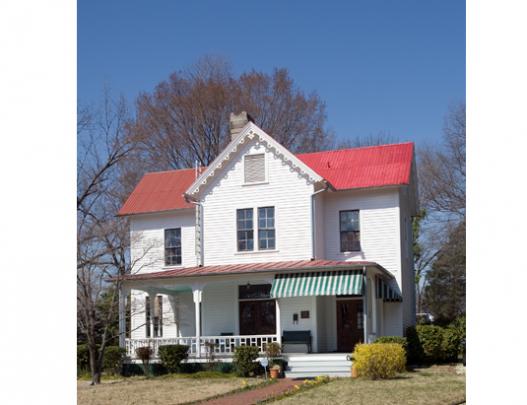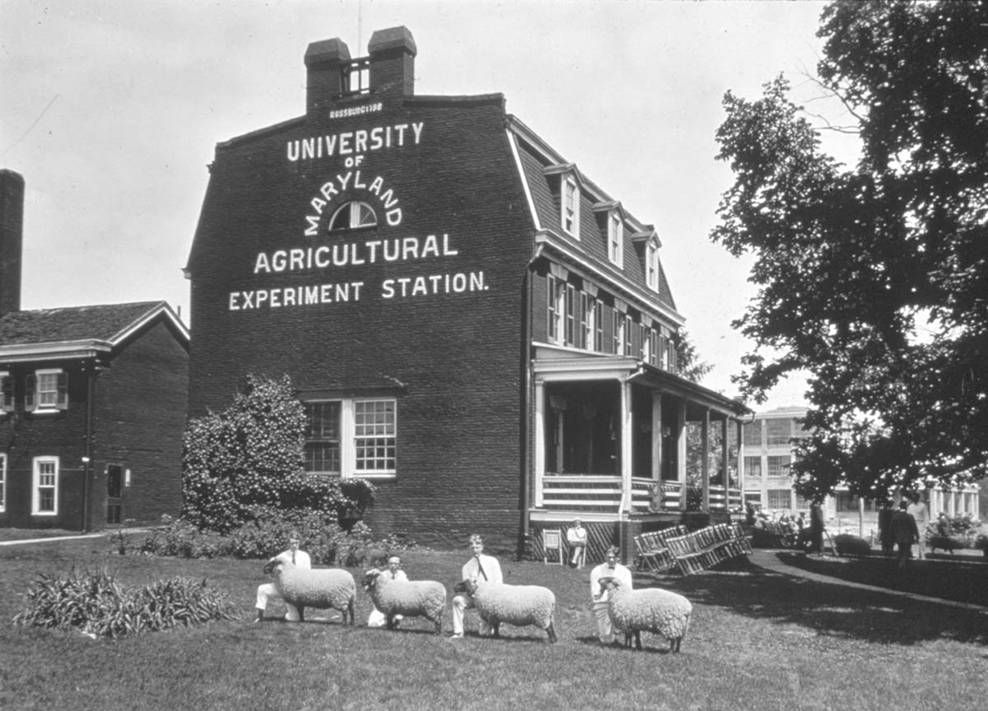 Introduction:
Introduction:
One would think with the passage of the Morrill Act of 1862 establishing an agricultural and mechanical arts college in every state, the farmers would sing Happy Days are Here Again. But that was not the case. Some of the “new” land grant colleges were existing colleges that were not ready to leave their liberal arts heritage behind. They embraced the funding but not the mission of being a land grant college. The existing faculty at these institutions had a “snobbish” attitude regarding their new “farm yokel” colleagues.
The admission standards for students were low. Students who wanted to study agriculture were often from rural areas and did not have the advantage of tutors or academy/high school higher level classes. In essence, many of the newly founded land grant colleges were in practice glorified high schools.
The land grant colleges that were started from scratch had to figure out where to find faculty who had the perfect blend of scientific knowledge and practical farming experience. And there was a question of the curriculum. What should be taught? Farmers accused the faculty of teaching “book farming.”
New agricultural knowledge was limited to the few students attending the college. Information was not making it out to the farmers. The farmers were not realizing any benefits from the agricultural colleges.
There was still LITTLE scientific knowledge associated with agriculture – the word RESEARCH is not found in the Morrill Act!!! The Morrill Act did not call for research to be conducted in agriculture. So what is the knowledge base to be taught? –Basically, there was no scientific foundation for what was being taught/no agricultural research
The new land grant colleges faced a myriad of challenges. Obviously, corrective action was needed. The Hatch Act of 1887 provided the corrective action.
 Lesson Objectives:
Lesson Objectives:
At the completion of the lesson you should be able to:
- Describe the details of the Hatch Act of 1887.
- Explain how the Hatch Act was implemented in North Carolina.
- Identify the major agricultural problems first researched at the experiment stations.
- Describe some of the major discoveries emerging from agricultural research stations.
- Explain how the North Carolina model for agricultural experiment stations works.
 Assignment:
Assignment:
Let’s take a virtual field trip. Watch three 5-minute long videos about the Louisiana Agricultural Experiment Station. Even those these videos focus on Louisiana the breadth and scope of what they research is similar to the research programs conducted at other agricultural experiment stations across America.
- Part 1 – https://www.youtube.com/watch?v=1Gq9–lDHCE&t=18s
- Part 2 – https://www.youtube.com/watch?v=bW1auDOKcDM
- Part 3 – https://www.youtube.com/watch?v=JGEDzNz3ISQ
(Note: In the first video, William Stubbs is mentioned. Before coming to NCSU I was on the faculty at LSU and my office was in Stubbs Hall).
![]() The PowerPoint Presentation Used with the Lesson (in PDF format)
The PowerPoint Presentation Used with the Lesson (in PDF format)
A pdf file with the PowerPoint Presentation used in this lesson can be viewed here.
 Additional Resources for Enrichment Purposes:
Additional Resources for Enrichment Purposes:
Read the Hatch Act.
Peruse these two websites:
- https://www.ncpedia.org/agricultural-experiment-stations
- https://cals.ncsu.edu/research/research-facilities/off-campus-research-facilities/
If you like architecture and history you will want to see and learn about the Agricultural Experiment Station Cottage located near campus. Check out this National Register of Historic Places site. It is very interesting and educational (the good stuff is near the bottom of the document). It is privately owned now. See the photo below. How could that have been our agricultural experiment station headquarters? In the Powerpoint for the class, I will show hogs grazing on the front lawn of this house.

If you want to see a detailed history (and I mean detailed) about the early days of the North Carolina Agricultural Experiment Station check out:
- https://harvest.cals.ncsu.edu/applications/calshistory/chapter2.html
- https://harvest.cals.ncsu.edu/applications/calshistory/chapter6.html
For the true scholar, you might enjoy reading Ira Schaub’s book North Carolina Agricultural Experiment Station: The First Sixty Years, or if you want to look at the history of agricultural experiment stations nationally the book A History of Agricultural Experimentation and Research in the United States 1607-1925 by Alfred C. True might be for you.
The University of Wyoming has a short video about their Agricultural Experiment Station.
